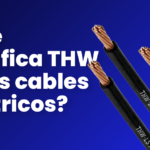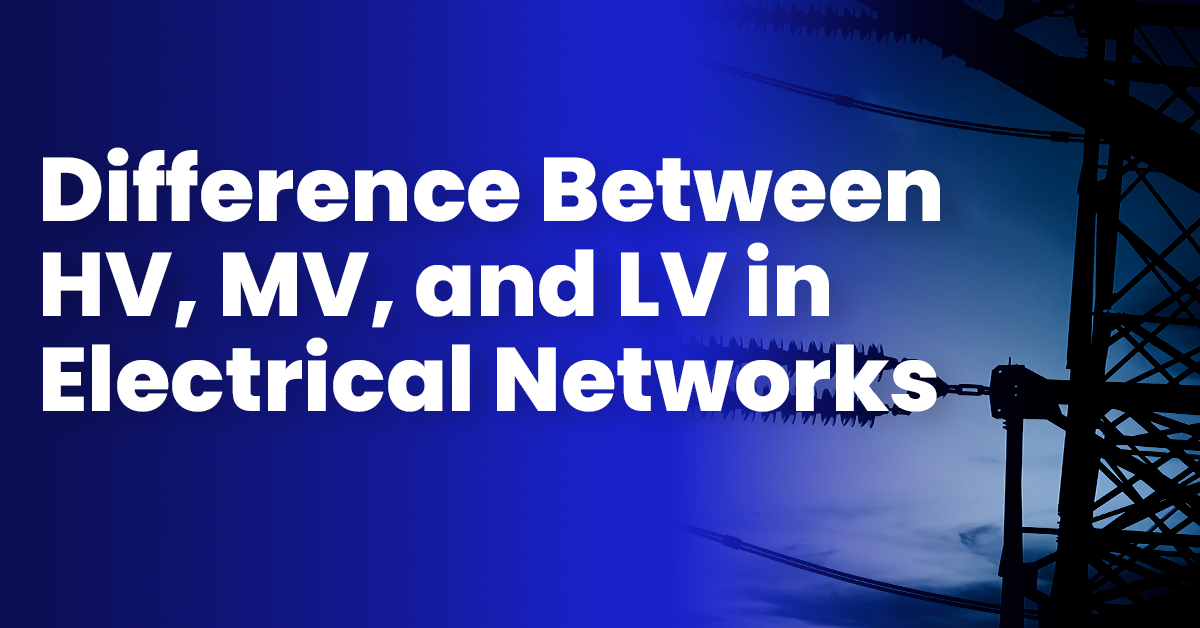Electricity is the backbone of modern life, powering everything from our homes to massive industrial plants. But not all electricity is the same. Along its journey from generation to consumption, electrical power travels through different voltage levels—high, medium, and low. Each plays a unique role in keeping energy flowing efficiently and safely. At Grupo ORS, we help industries in the U.S. and Mexico understand and implement the right electrical solutions for their operations.
What Is Electrical Voltage?
Electrical voltage, also called potential difference, is the force that drives electricity through a conductor. You can think of it as electrical “pressure” that pushes electrons to flow, powering devices and systems. It is measured in volts (V), kilovolts (kV), or even megavolts (MV) depending on the scale.
To give you perspective:
-
A standard household battery has about 1.5 volts.
-
Power distribution lines carry thousands of volts.
-
A lightning bolt releases millions of volts.
The ability to raise or lower voltage is what makes modern electrical grids possible. Thanks to alternating current (AC) systems, electricity generated in power plants can be transmitted at high voltage to reduce losses, then stepped down to medium and low voltage for safe distribution to homes, businesses, and industries.
Low Voltage (LV) – Close to the Consumer
Low voltage typically covers systems operating between 120V and 1,000V. In the U.S., most residential and commercial facilities run on 120/240V or 277/480V systems. LV is what powers lighting, computers, appliances, HVAC equipment, and most of the devices we interact with every day.
Because low voltage is the last step before electricity reaches the end user, it must be carefully managed for safety and reliability. LV distribution boards and protective devices ensure homes and businesses receive clean, stable energy.
Medium Voltage (MV) – The Distribution Backbone
Medium voltage generally refers to systems between 1,000V and 35,000V. This level is essential for industrial plants, refineries, hospitals, shopping centers, office complexes, and utility distribution systems.
Here’s why MV matters:
-
Efficiency: By operating at higher voltages than LV, MV systems reduce transmission losses across shorter distances.
-
Reliability: MV systems can handle large, fluctuating loads such as motors, pumps, and heavy machinery.
-
Scalability: They are ideal for facilities with multiple tenants, critical equipment, or future expansion plans.
In practice, MV is often delivered through underground networks that connect substations to transformer stations near consumption points. From there, power is stepped down to low voltage for safe use.
Key components of MV systems include:
-
Transformers that step voltage up or down for safe distribution.
-
Switchgear that controls, protects, and isolates electrical circuits.
-
Protection and automation systems that make today’s grids smarter and more resilient.
High Voltage (HV) – Long-Distance Transmission
High voltage refers to systems starting at 35,000V and above, extending into extra-high voltage (EHV) at 230,000V and beyond. These levels are essential for transmitting electricity over long distances with minimal losses.
If you’ve ever seen large transmission towers carrying thick overhead cables, you’ve witnessed HV in action. Power plants rely on high voltage to move electricity hundreds of miles before it reaches substations, where it is transformed down to MV and LV for use in cities, industries, and homes.
Why Voltage Levels Matter for U.S. Businesses
Understanding voltage levels is not just technical knowledge—it directly affects safety, costs, and efficiency. For example:
-
A commercial building may rely on medium voltage to efficiently distribute power to elevators, HVAC systems, and lighting.
-
A manufacturing plant may need MV connections to operate heavy machinery and maintain reliability.
-
A utility grid must rely on high voltage for regional transmission before stepping it down to MV and LV for distribution.
By choosing the right voltage range and properly designing electrical infrastructure, businesses can reduce energy losses, improve safety, and ensure system reliability.
Grupo ORS: Your Partner in Electrical Solutions
At Grupo ORS, we bridge the gap between U.S. and Mexico supply chains, delivering engineering-backed procurement and specialized electrical solutions. With more than two decades of experience in critical industries, we support companies with the right equipment, design expertise, and supplier networks.
Whether your project involves medium-voltage switchgear, low-voltage distribution, or high-voltage integration, our team helps you optimize performance, reduce risks, and ensure compliance with U.S. standards.
Power Your Operations with Confidence
Electrical systems are the foundation of reliable business operations. By understanding the difference between high, medium, and low voltage—and partnering with experts like Grupo ORS—you can build infrastructure that is safe, efficient, and future-ready.
Contact Grupo ORS today to learn more about our solutions for low, medium, and high-voltage systems in the U.S.




